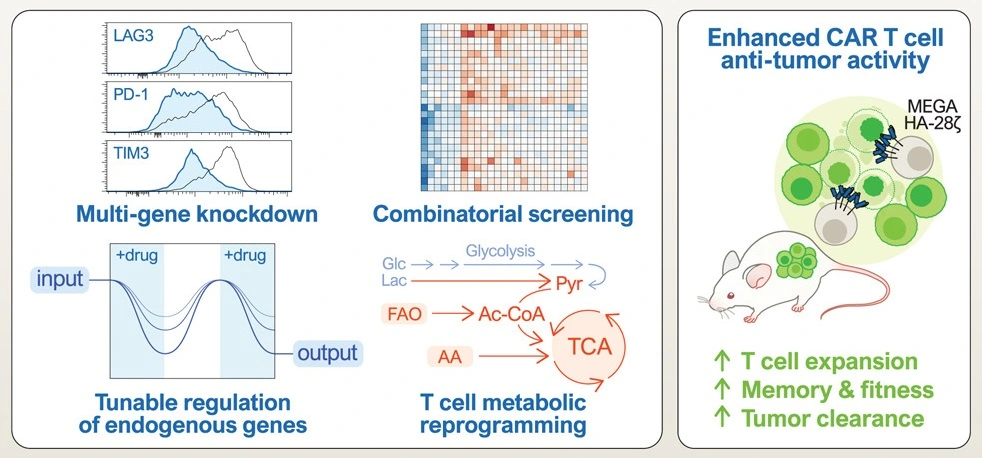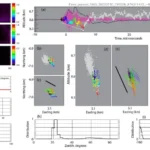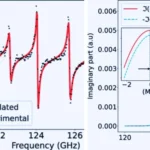Key Points:
- MEGA, a CRISPR-based system targeting messenger RNA (mRNA), offers precise and reversible cell therapies.
- Developed by Stanford University researchers, MEGA utilizes Cas13d to cut mRNA, avoiding permanent changes to DNA.
- The system enables simultaneous targeting of multiple genes and rejuvenates exhausted T cells in CAR-T therapy.
- Experts acknowledge MEGA’s potential in advancing cell therapies but highlight concerns about potential immune responses.
A new CRISPR-based system, published in Cell, offers a more precise and reversible approach to cell therapies by targeting a cell’s short-lived messenger RNA (mRNA) instead of DNA. Developed by a team led by bioengineer Stanley Qi and immunologist Crystal Mackall at Stanford University, the MEGA (multiplexed effector guide arrays) system holds promise for designing cell therapies and understanding gene interactions.
Traditional CRISPR systems, known for their permanent alterations to DNA, can pose safety concerns and inefficiencies. MEGA addresses these issues by utilizing Cas13d, an RNA-cutting enzyme, instead of the DNA-cutting Cas9. This approach avoids permanent changes to DNA and minimizes the risk of off-target effects.
MEGA works by directing Cas13d to target mRNA molecules, which are short-lived in cells. By cutting the mRNA, MEGA effectively turns off the associated gene’s expression, allowing for precise control over gene activity. The system can simultaneously target multiple genes, shutting down the production of up to ten proteins.
One application of MEGA addresses T-cell exhaustion, a limitation of CAR-T therapy where T cells become less effective after repeated activation. Researchers used MEGA to target mRNA molecules involved in exhaustion-related cellular functions, rejuvenating exhausted T cells and enhancing their ability to shrink tumors in mice.
Additionally, MEGA offers a tunable approach to gene expression control. Researchers can precisely modulate mRNA levels by designing Cas13d variants activated by specific triggers, such as antibiotics, providing insights into how different gene combinations influence cellular functions.
Experts in the field, including systems biologist Jonathan Gootenberg and immunologist Joseph Fraietta, recognize the potential of MEGA in advancing cell therapies. Gootenberg highlights the system’s ability to tune RNA transcripts, which is especially beneficial for cell therapies. Fraietta acknowledges MEGA’s potential to open new avenues for gene editing in CAR T cells but cautions about potential immune responses due to continuous high levels of Cas13d.
Qi and Mackall emphasize MEGA’s capacity to elucidate gene interactions by varying mRNA levels, shedding light on complex cellular functions.










